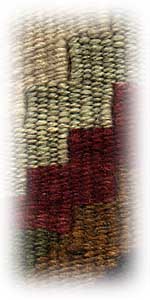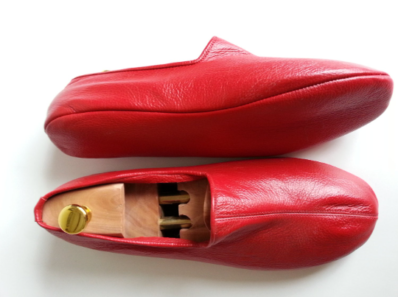
Before marriage, while mastering the textile arts, young girls create the ceyiz, a dowry collection of beautiful things that will be useful in their future homes. A girl might knit socks and create a heybe, a saddlebag, for her husband to carry over his shoulder at the market in a public display of her domestic skills; she will embroider towels and weave pillows, carpets and wallhangings. Her new home will be decorated with memories of her girlhood and family. As she looks at her kilims she will see herself and her sisters and her neighbors woven together in affection. While creating the ceyiz in youth, the weaver makes things that, if necessary, can later be sold to benefit her new family.
Except at harvest when all hands are busy in the fields, a carpet is rising on the loom in every house, and when the sun is up, at least two women are at work. Most weaving is done by girls and women between the ages of 14 and 26 who form together into a special community of work within each neighborhood of the village. They move fluidly in and out of each other’s homes with no need to knock. They come to visit and when they visit, they sit and weave. Their fathers and husbands are away in the fields or sitting in the teahouse. A young girl learns gradually in childhood by sitting beside her mother, her sister, the other women of the village; she learns by watching and by absorbing what is going on around her. The master weaver must begin to learn early and build the art into her process of growth. In this way, she learns the habits of the hand that make the work easy rather than self-conscious, and thus gains the ability for innovation and mastery.
As young women move through the village, stopping to visit, weaving while they visit, carpets accumulate the contributions of a wide circle of friendship. Sitting to weave a spell with her friend, the visitor might create an intentional inversion in a minor motif or introduce a spot of surprising color. For the weaver it is a hatra, or a memento of the time a girlhood friend stopped by and helped for a while. The carpets record the friendships and events of girlhood, and when the weaver leaves, taking the carpets of her dowry with her to the village of her husband, they will remind her of these times.



